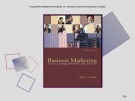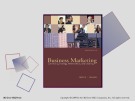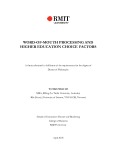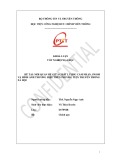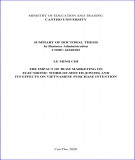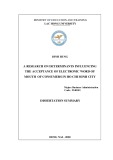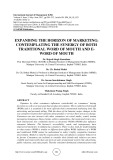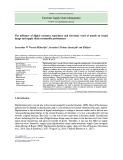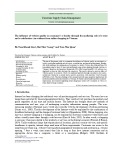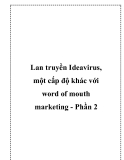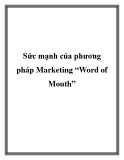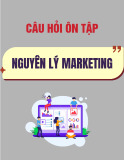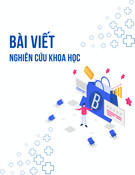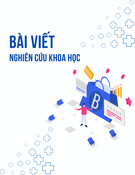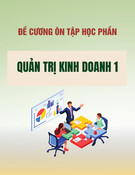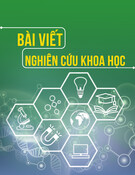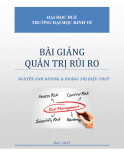
http://www.iaeme.com/IJM/index.asp 204 editor@iaeme.com
International Journal of Management (IJM)
Volume 8, Issue 3, May–June 2017, pp.204–212, Article ID: IJM_08_03_023
Available online at
http://www.iaeme.com/ijm/issues.asp?JType=IJM&VType=8&IType=3
Journal Impact Factor (2016): 8.1920 (Calculated by GISI) www.jifactor.com
ISSN Print: 0976-6502 and ISSN Online: 0976-6510
© IAEME Publication
EXPANDING THE HORIZON OF MARKETING:
CONTEMPLATING THE SYNERGY OF BOTH
TRADITIONAL WORD OF MOUTH AND E-
WORD OF MOUTH
Dr. Rajesh Singh Kumabam
Post Doctorate Fellow (ICSSR) in Manipur Institute of Management Studies (MIMS),
Manipur University (A Central University), Imphal-795003, India
Dr. Ch. Ibohal Meitei
Dr. Ch. Ibohal Meitei is Professor in Manipur Institute of Management Studies (MIMS),
Manipur University (A Central University), Imphal-795003, India
Dr. Seram Sureshkumar Singh
Guest Faculty in Centre for Entrepreneurship and Skill Development (CESD),
Manipur University (A Central University), Imphal-795003, India
Thokchom Pratap Singh
Faculty in Ibemhal IAS Academy, Imphal-795001, India
ABSTRACT
Opinions by other consumers influences considerably on consumers’ buying
decisions as well as on post-purchase product perceptions. This is called word of mouth
(WOM) and it is assumed to be more efficient than conventional marketing tools like
advertising and personal selling. With the dawn of the Internet, major changes to the
way consumers express their opinions about product or services have seen a sea change.
Customers can now interact with other consumers via social media, e-mail, instant
messaging, homepages, blogs, forums, online communities, chat rooms and review sites.
Such interactions now commonly known as electronic WOM (eWOM) also influence
consumer behavior. The Internet’s accessibility, reach, and transparency have
empowered marketers in influencing consumers. There is also need for understanding
to what extent e-WOM is similar or different from offline WOM. Influence of e-WOM
and traditional WOM cannot be undermined in today’s highly competitive business
environment. Market is ruled by organizations that can influence consumer behavior in
its favour. Consumers are inclined to consider their friends and relatives are more
credible and trustworthy than any form of sales promotional activity like advertising,
public relations, and sales people. Thereby consumer-dominated communications tend












